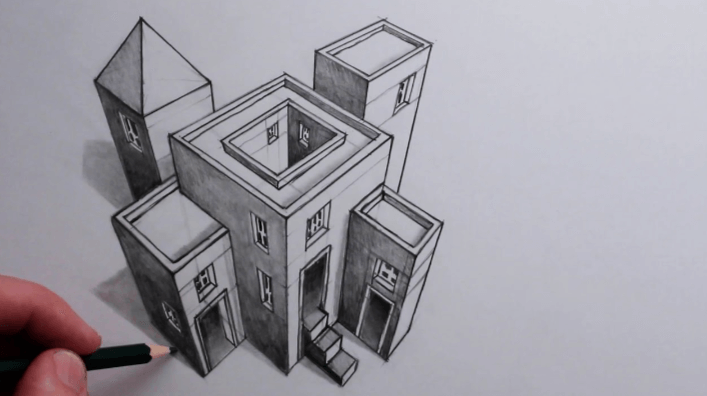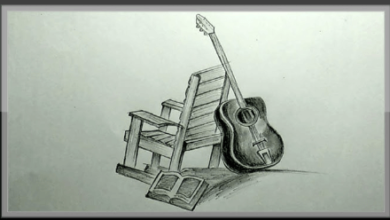Drawing:2uhbtevbqmi= 3d Images

The realm of Drawing:2uhbtevbqmi= 3d Images encompasses a nuanced understanding of spatial dynamics and the application of sophisticated techniques that contribute to the perception of depth and realism. Artists today leverage advanced software and tools, pushing the boundaries of traditional methods to create intricate and lifelike representations. As we explore the fundamental principles, essential tools, and emerging trends in this field, it becomes evident that the evolution of technology has significantly impacted artistic expression. What implications do these advancements hold for the future of 3D art and its interpretation?
Understanding 3D Drawing Basics
The artistry of three-dimensional drawing hinges on a profound understanding of spatial perception.
Mastering perspective techniques allows artists to create depth and dimension, transforming flat surfaces into immersive experiences.
Additionally, light manipulation enhances this illusion, guiding the viewer’s eye and emphasizing form.
Essential Tools and Software
Successful 3D drawing not only relies on artistic skill but also on the right tools and software that facilitate the creation process.
Essential resources include advanced modeling software for precise structure, digital sculpting for intricate details, and effective rendering techniques to bring images to life.
Additionally, mastering texture mapping, lighting effects, and animation tools enhances the overall visual experience, empowering artists to express their creativity.
Techniques for Creating Depth
To effectively create depth in 3D images, artists can tap into a variety of techniques that enhance spatial perception and realism.
Employing perspective techniques, such as overlapping and atmospheric perspective, can significantly enhance dimensionality.
Additionally, shading methods, like gradient shading and cross-hatching, provide volume and texture, allowing elements to recede or advance, thereby inviting viewers into a more immersive visual experience.
Read Also The History of Art: a Global View Volume 2 Pdf Free
Trends in 3D Art Creation
A growing number of artists and designers are embracing innovative technologies and methodologies in 3D art creation, reshaping the landscape of visual expression.
Trends such as virtual reality are enhancing artistic expression through immersive experiences, while digital sculpting techniques are refining creative workflows.
Additionally, evolving animation styles are pushing boundaries, allowing creators to explore new dimensions in their artistry and engage audiences like never before.
Conclusion
In conclusion, mastering the Drawing:2uhbtevbqmi= 3d Images requires a solid grasp of fundamental techniques and the utilization of advanced tools. As the field evolves, embracing emerging technologies and trends is essential for pushing creative boundaries. The integration of innovative methods into traditional practices serves as a bridge between reality and imagination, allowing artists to see beyond the surface. Ultimately, the continued exploration of these dimensions will illuminate new pathways for artistic expression, ensuring that creativity knows no bounds.





